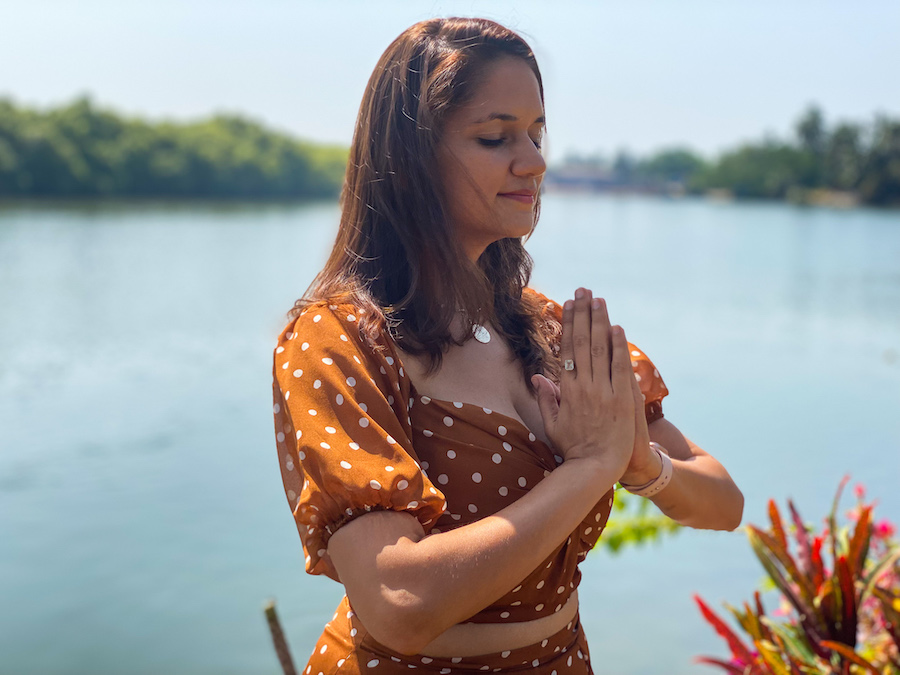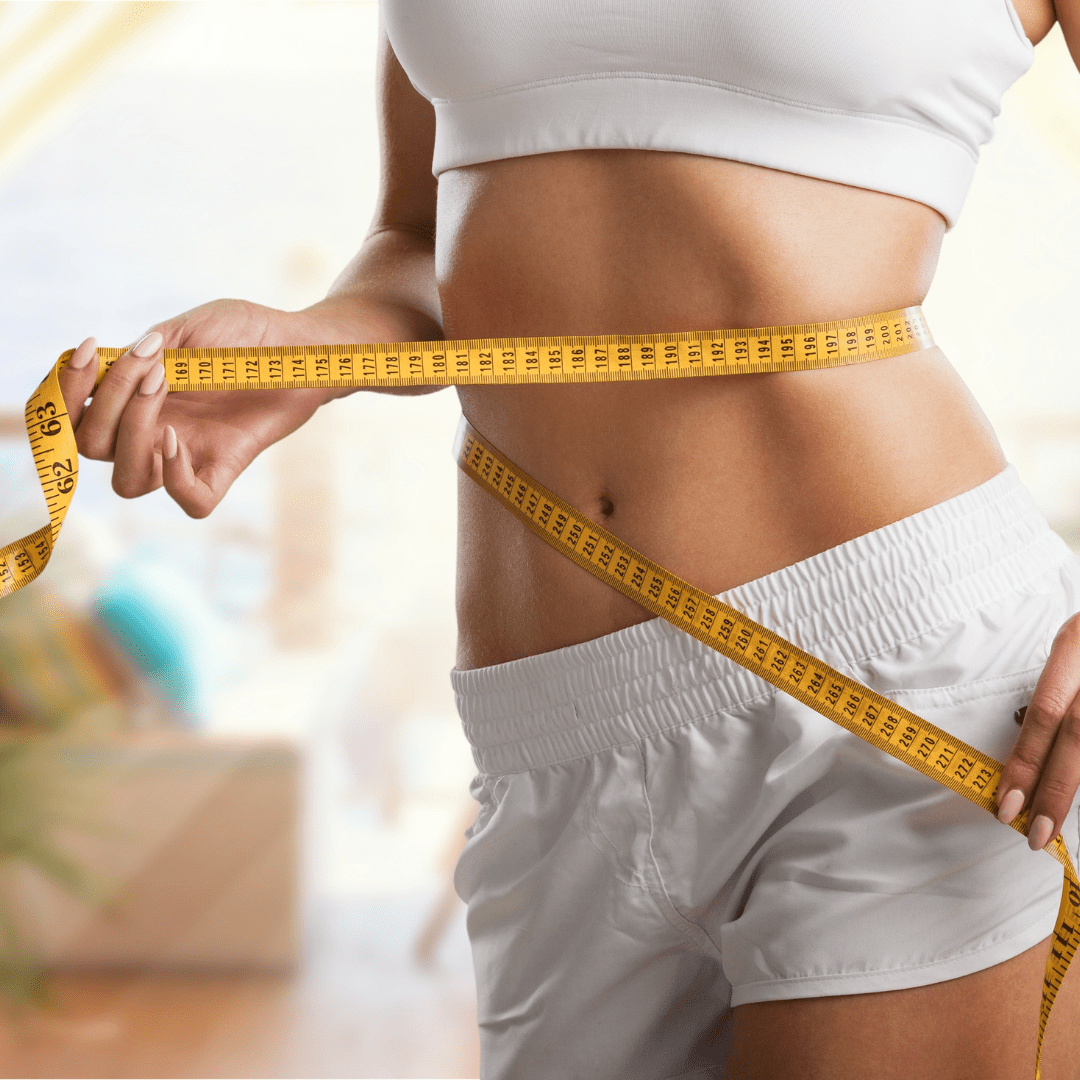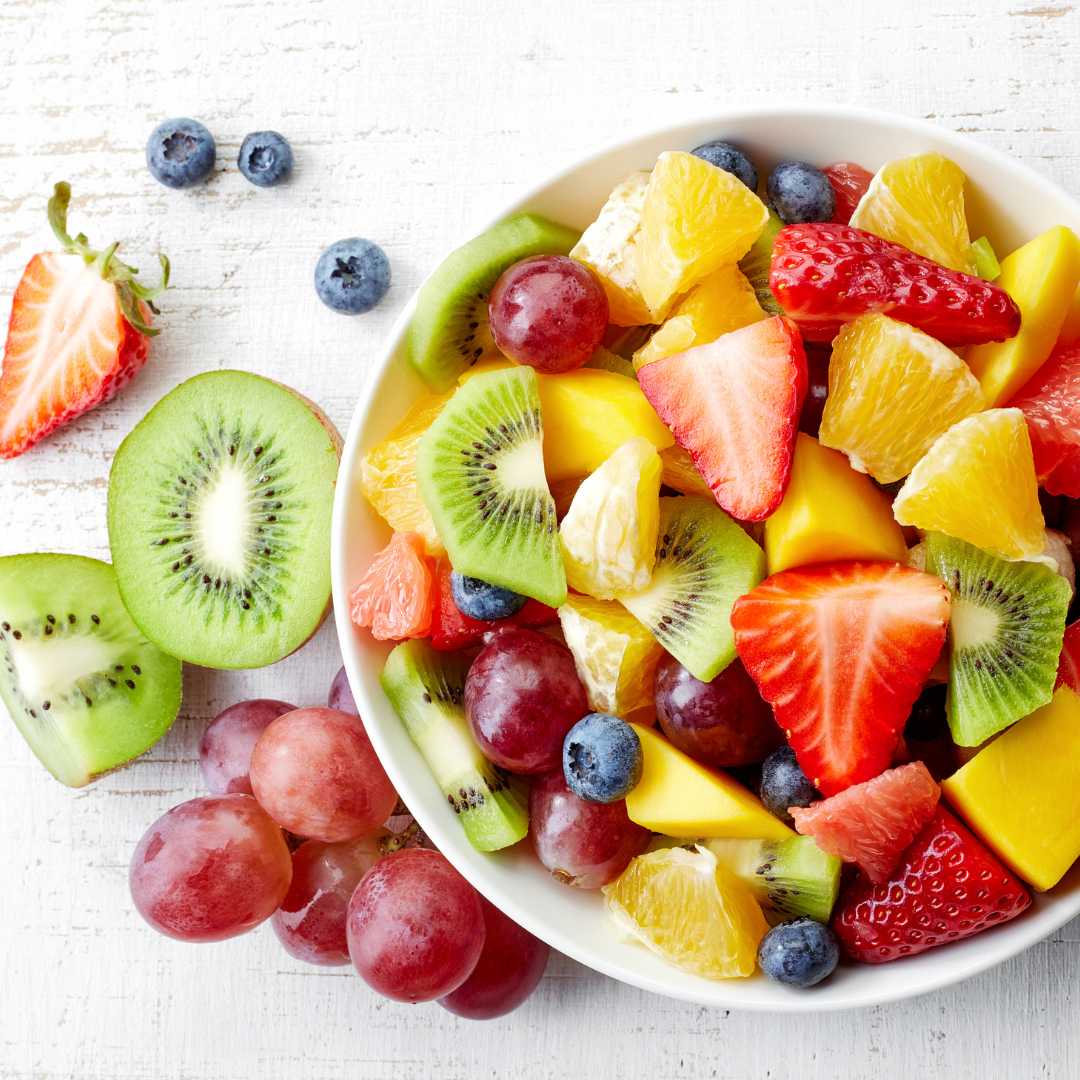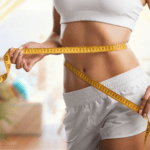I had been regularly going for walks for many months. Until one day I woke up feeling low on energy. As my watch would tell me – I walked at 30% slower speed and had to stop 15 mins before I usually do. The body clearly said, stop walking, let’s just go back. So, I came back and decided to lie down on my mat. Later in the day I got my period. The first day often brings up symptoms that make me choose rest. This month they turned out like this.
So, should you practice yoga or exercise. during periods? For someone like me, it’s a no brainer. I rest on the first day and some months, also on the second day. For you, it should be a no brainer too – do you feel upto it? Then yes. If not, then don’t. Because no two women experience their periods the same way.
But to clarify all the myths around this subject let me dive a little deeper.
Traditional view of yoga during periods
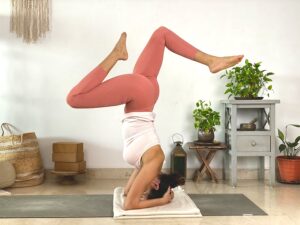
Traditional view states that during this time you can practice gentle yoga but avoid postures like inversions and twists.
Why?
Because traditionally yoga has been practiced to contain your reproductive energy – it’s important to remember that as the very premise of Hatha Yoga practices is to channel the powerful reproductive energy for various spiritual gains. That energy is directed within instead of being spent in procreational activities or otherwise. Also the reason, Bhramacharya is practiced by Hatha Yogis.
But during periods a part of your reproductive energy is focussed on going out – to eliminate waste. And the understanding is that we should allow that outward flow to happen without disrupting it.
There’s no scientific explanation for this – so it’s upto your belief system whether you subscribe to this view or not. Secondly, very few people are practicing Yoga the traditional Tantra Way for spiritual gains, so this may not be applicable for those who practice Yoga mostly as a fitness activity.
Modern View of yoga during periods
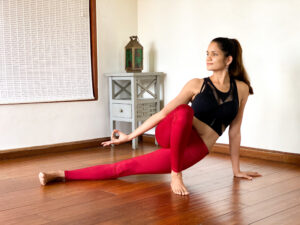
Modern research has shown that the monthly cycle and hormonal changes in women do have some bearing on their exercise capacity and injury rates, however it’s a subject that deserves more research.
The hormonal changes can be classified under three stages:
- Follicular Phase: Starts when period starts and continues for 14 days.
- Ovulation: Lasts for one day, corresponds with the release of egg
- Luteal Phase: Starts after ovulation and continues till next period. Lasts two weeks
Let’s look at each stage in details
Phase 1: Follicular Phase
Let’s break this phase down into two stages: Menstruation and Post-Menstruation.
The first 3-5 days of this phase involve mensuration with very low level of hormones estradiol (a form of oestrogen) and progesterone. Therefore it is often a period of low energy and lower exercise capacity.
You can practice, relaxing and vata-pitta balancing postures during periods, read more here.
However as this phase progresses and your menstruation ends, Estradiol starts rising, reaching its peak just before the next phase, ovulation. Which is why the post-menstruation phase (especially the late follicular phase) is often associated with greater energy, happiness, sharper memory and greater confidence. Estradiol also helps reduce the impact of stress hormones like adrenaline and cortisol which further contribute to a better mood.
As this phase ends you will likely have higher exercise capacity and stamina. And that makes it a great time to experiment with your yoga practice and try new postures or training styles.
Something important to note here is that women tend to experience maximum sports injuries in this phase. Muscle and tendon injuries tend to be twice as likely in this phase which emphasises the need for regular strength training for women.
Here’s a Yoga Class suitable for the follicular phase:
Phase 2: Ovulation
This phase is short lived, around 24 hours, and is associated with high levels of Estradiol. Which translates into greater libido, more effective insulin regulation, and even greater tolerance to pain. Not only that, research has also found that women are more likely to shop for clothes and makeup during this time to feel more attractive. It also makes you more extroverted, and you may naturally find yourself more open to meeting other people and socialising.
In terms of yoga and exercise, this continues to be a high energy phase and you may keep up with your high intensity workouts or more challenging Vinyasa Yoga.
Here’s a Yoga Class suitable for the Ovulation phase:
Phase 3: Luteal Phase
In this phase Estradiol starts decreasing but Progesterone increases. This can impact our mood adversely, especially if we’re already stressed. This is because Progesterone increases Cortisol levels in the body and it can be a double whammy if you’re already stressed. Therefore, stress management should be priority during this time.
Because high stress hormones cause mood changes, irritability, cravings for high calorie junk food, and poor quality of life. The situation can further aggravate if combined with unhealthy lifestyle, poor sleep, excess alcohol or stressful environments.
Try this Yoga Class during the Luteal phase:
Summary
In summary:
- During periods, energy maybe low, restorative yoga practice can help
- After Periods, energy will steadily increase till ovulation, high intensity practices may be more fun
- Ovulation, same as above
- After ovulation, is luteal phase (two weeks before your next period), when energy may steadily decrease. Stress Management is of utmost importance at this time.
Do remember that the above is not sacrosanct as it varies for everyone. A lot of other external factors come into play such as diet, environment, stress, activity levels etc. And women react differently to these hormonal changes. So, the best way to make sense of your cycle is to track it, because it is unique.
Tracking builds awareness, over time you’ll develop a sound understanding of how your energy levels waiver through the month and what are the events that impact them the most. It’ll also teach you to be kinder to yourself – as it’s but natural to have more or less motivation on certain days. Start listening to your body and do whatever “feels right”. There might be days when you may need a more challenging practice, and days when you need to slow down, tracking will help you make sense of that. And eventually you will develop more intuitive intelligence on how to manage your cycle.
Looking to get started with your Home Yoga Practice? Then look up Yoganama TV to get access to 100s of my Yoga, Pranayama, and Meditation videos across different styles of Yoga like Hatha, Vinyasa, and Restorative.


